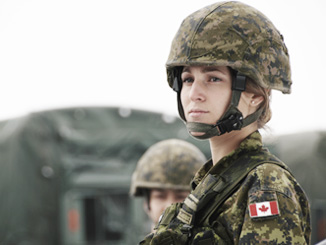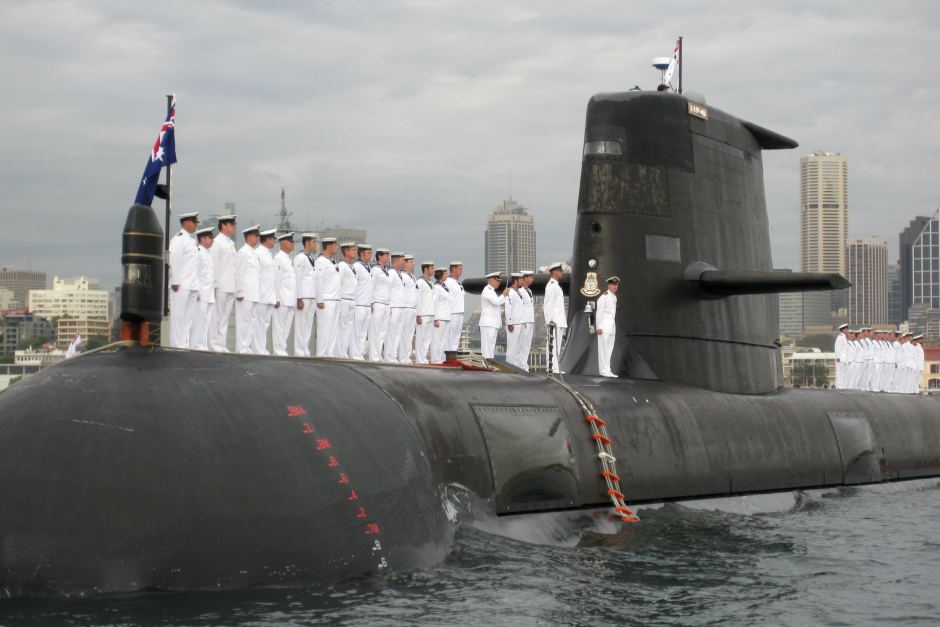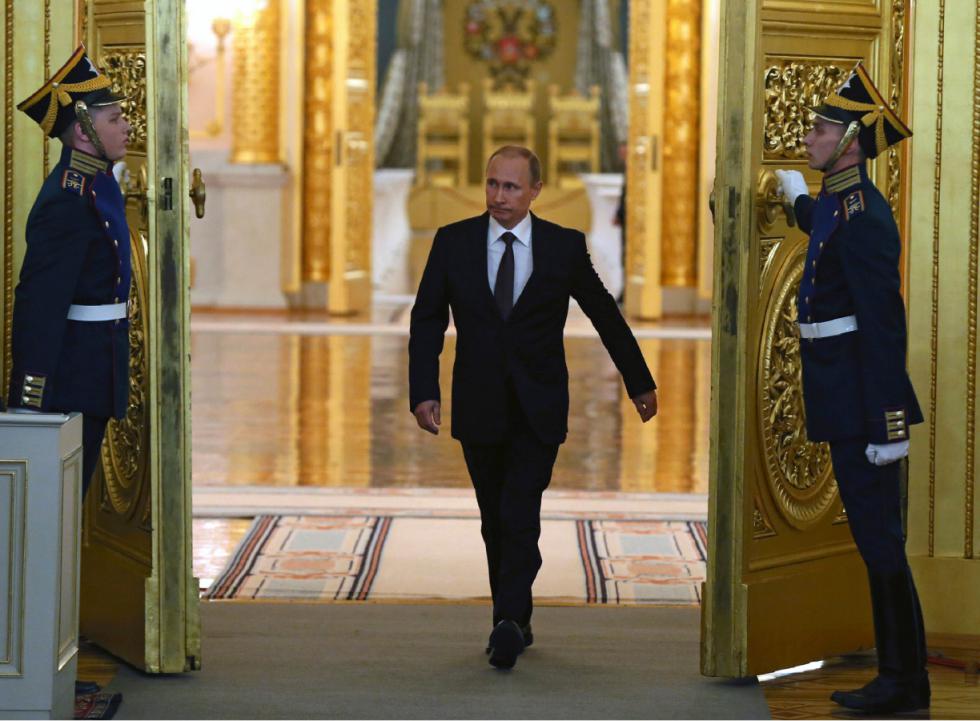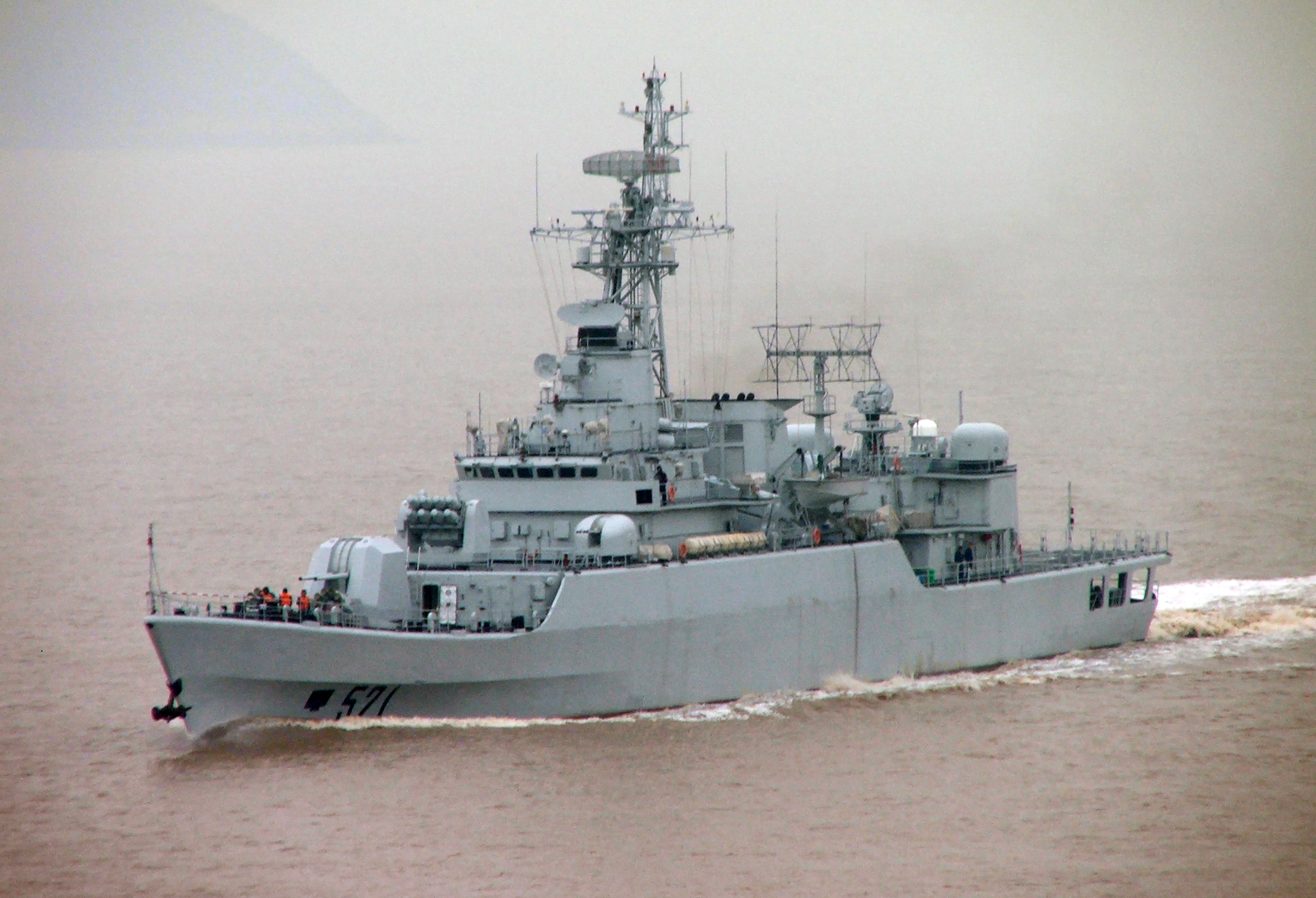The Canadian Armed Forces (CAF) has been actively trying to recruit more women. In 2010 the CAF set a goal for itself to increase the representation of women in the military to a target of 25.1%. This is a very ambitious target (increased from an unmet target of 19% in 2009). There was some discussion of reducing the target last year when it became apparent that the CAF was not coming close to the number in 2013 but it was not changed. The reasoning behind setting high targets is that it motivates the military to reach out to women. Reducing this target would have the military reduce its self-imposed pressure to recruit more women, and less improvement would be made to make the military more representative of the Canadian public.
This is not simply a Canadian agenda but a policy priority for NATO. Mari Skåre, NATO Secretary General’s Special Representative for Women, says that NATO has observed the inclusion of women in NATO’s forces in both Kosovo and Afghanistan and found that: “having more female soldiers deployed in operations improves our ability to conduct operations more effectively.”Furthermore, Canada has a responsibility to implement United Nations Security Council (UNSC) Resolution 1325 which calls for the inclusion of women in all matters of peace and security. The issues surrounding the inclusion of women in NATO are analyzed in greater detail by Maddalena Vani.
The CAF has made great strides concerning the organization’s attitude towards female recruitment and integration within the military. The Canadian Forces admit “servicewomen of the Navy, Army and Air Force endured much hardship while serving Canada over the past century… Not only did they have to do the job and excel at it, they had to prove that, given the opportunity, they would not fail.” Today, women are eligible for any military occupation and have been for the past 20 years, with the exception of serving on submarines. This exception was removed in 2000, the same year NATO adopted Resolution 1325.
In 1998, women made up 13.4% of the CAF. This number has only increased to 14.8% in 2014. Considering the effort made by the CAF to increase its recruitment of women through expensive advertising campaigns, offering gender sensitivity training, procuring equipment suitable for both genders and its superior childcare services as compared with what is available to civilians, the percentage of women in the CAF should be higher. Clearly the CAF is trying to engage women, but their modest success, may not be due to the internal experience of women in the forces, but rather to women’s expectations of what life in the forces may be like, since the number of new female recruits enrolled in basic training has been on the decline in recent years from 15.58% in 2008 down to 12.67% in 2011. Therefore the increased percentage of women in the forces must represent an increased number of women who are able to make it past basic training.
Why aren’t women signing up for the Canadian Forces? Are they still concerned about prejudice in a traditionally male dominated institution? Or are they disinterested? There is no shortage of research on gender and how the military’s ideological construction of polarity between masculinity and femininity is used to unite men in the military. The continued use of masculinity as tool to promote cohesion is certainly an exclusionary tactic.
In Canada, the social acceptance of women in the military is still a problem and this may have an impact on women’s individual decisions not to seek military employment. Even anecdotal evidence of sexism during operations, whatever its basis in truth, may negatively impact the decision of some women to sign up. It cannot be ignored that women enter careers, be it civilian or military, during the same time period when they are also simultaneously building their personal/family lives. It appears that a military career may clash with women’s personal/family goals in a way that does not negatively impact men who can more easily prolong their personal/family goals. Given these challenges, the slow growth of the percentage of women in the Canadian Armed Forces is understandable.
The Canadian Forces are an all volunteer force; ultimately, the choice to enroll is up to the individual. Aside from ensuring female personnel are not discriminated against through cooperation with advisory groups, the Canadian Armed Forces would do well to continue setting ambitious targets for itself and endeavor to meet those targets with a more ambitious advertising campaign.




